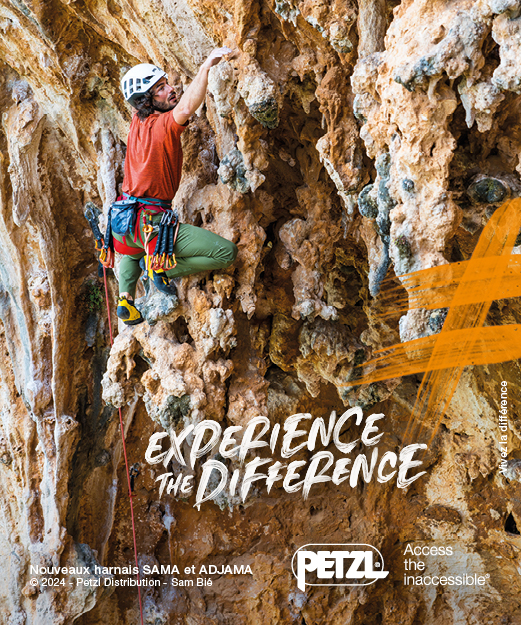Blood Flow Restriction Training for climbers : improve forearm capacity

Blood flow restriction training, ever heard of it? Blood flow restriction training isn’t a new technique. But it hasn’t really been used to train for climbing before. Despite the fact that it could have some really beneficial results.
Here’s a paper to explain to you exactly what blood flow restriction training is. And how we can use the technique to train for climbing. The goal of blood flow restriction training is to restrict venous return while still allowing arterial flow by strategically wrapping the topmost portion of your limbs.
By restricting the veins and not the arteries, blood can keep pooling into a working muscle. And it stays trapped there. It’s like filling a water balloon to max capacity (without it popping, of course).

Blood flow restriction training : Background
BFRT is a technique originally created in Japan under the title Kaatsu by Yoshiaki Sato in the 1970’s. Since that time the therapy has accumulated hundreds of research papers supporting its effectiveness. There are a dozen or so systematic reviews in the literature supporting the conclusion that adding BFRT to your training improves muscular strength and size at approximately 20-30% the usual intensity.
This loading intensity is essentially the metabolic equivalent of regular activities of daily living. Because of its ability to increase muscle size at such a reduced load, it is now gaining considerable attention in a rehabilitative setting.
In addition to these benefits, there is little-published evidence to suggest that this type of training offers any greater health risk over typical dynamic exercise training with higher intensities. It has yet to make a considerable impact on rock climbers and how they train. So the goal of this article is to introduce the training technique. And how we can apply it to improve climbing performance.
Learn more about BFRT and climbing
Read also our article about Vertics sleeves








